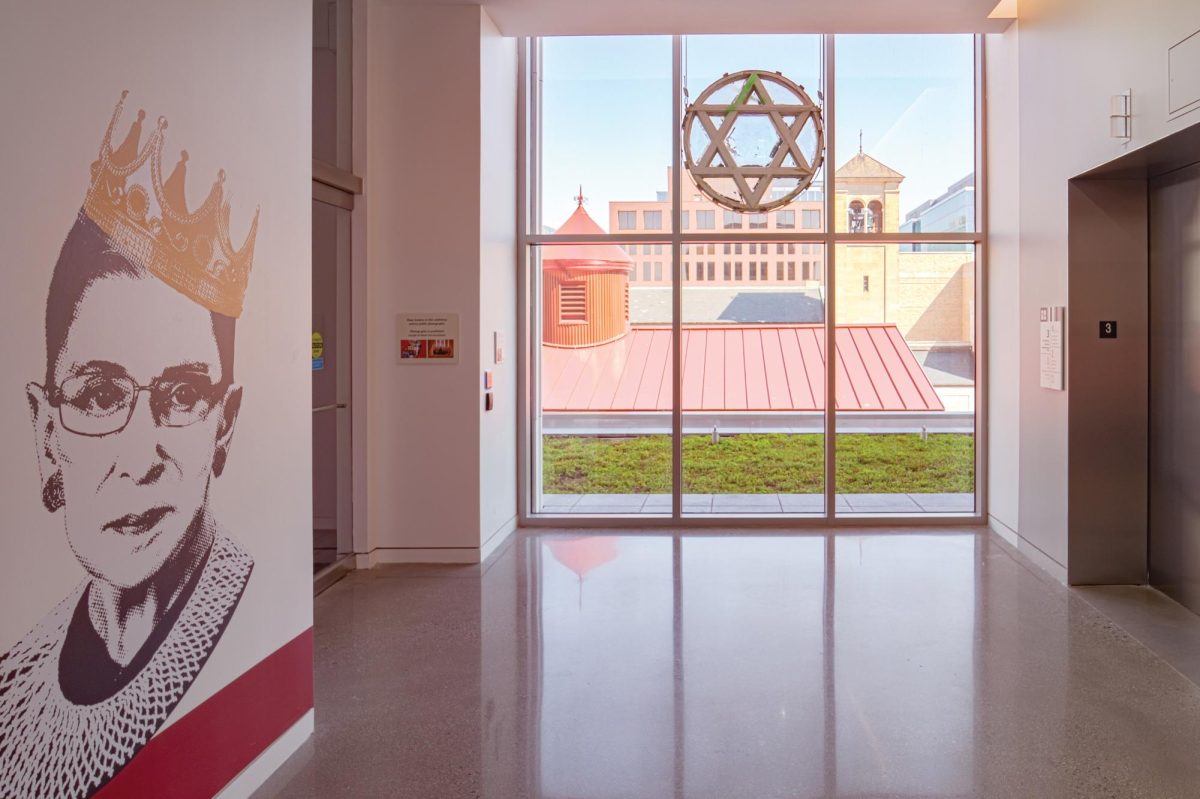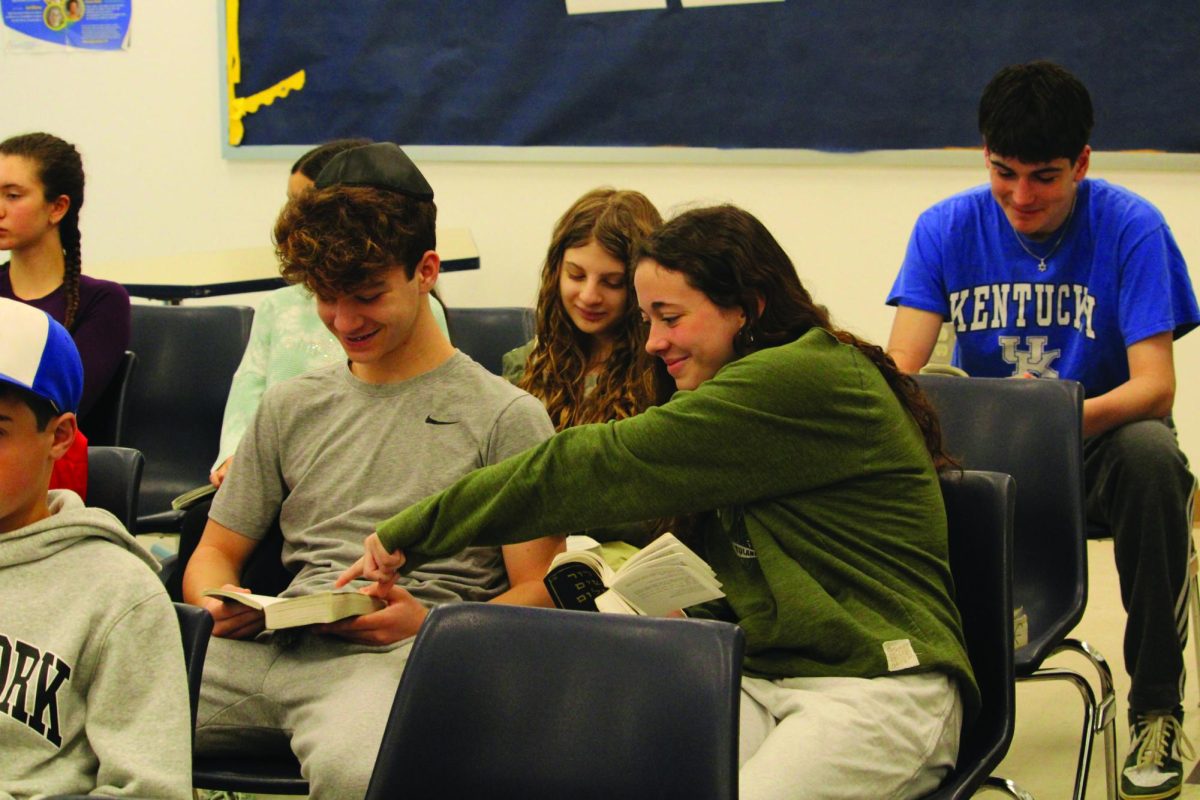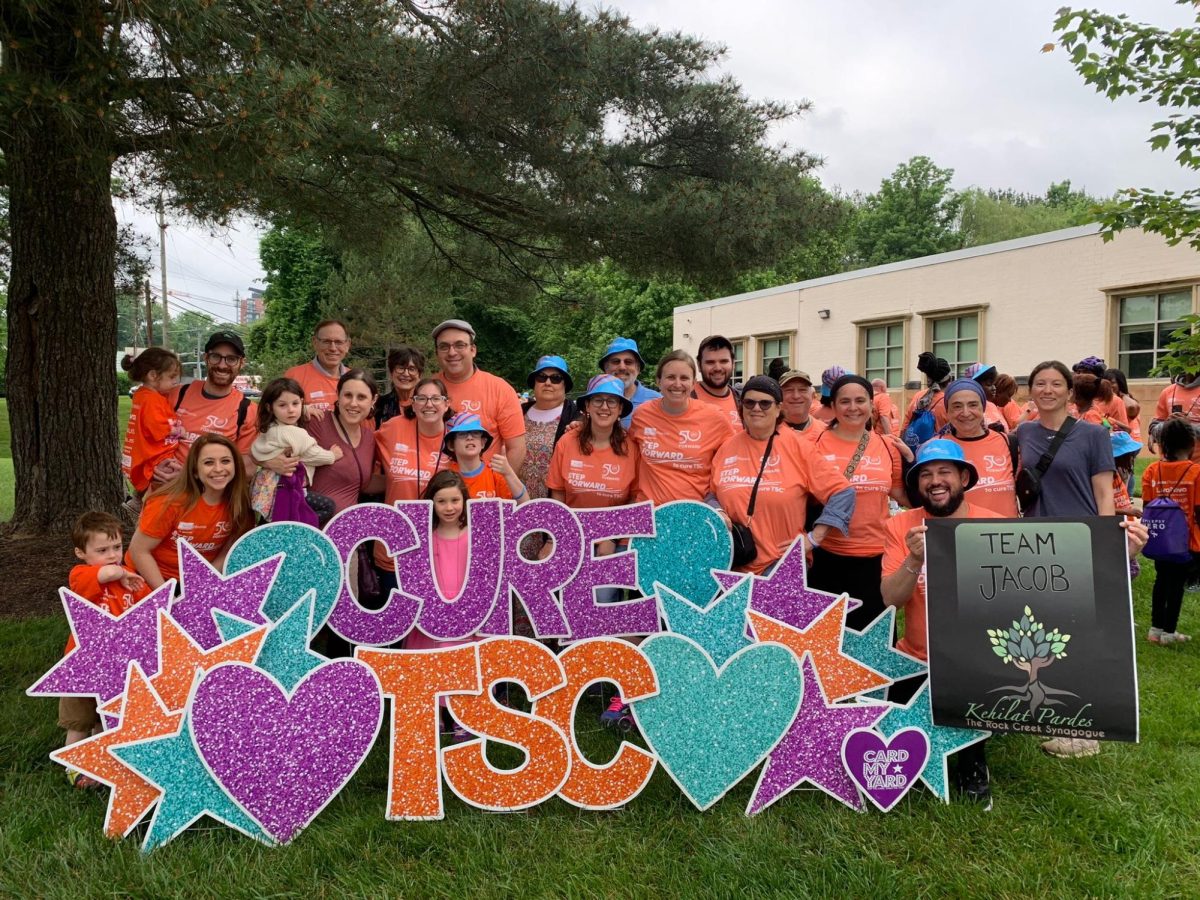After over a decade of planning, networking and construction, the Lillian and Albert Small Capital Jewish Museum opened on June 9, offering an enriching and comprehensive exploration of Jewish history in the DMV. Dating back to the 18th century with a focus on identity and values, the museum provides a platform for visitors to “connect, reflect, and act,” according to the museum’s mission statement.
“The museum’s values are to give light to stories that help us better understand how the world is the way it is today, and how we can then change what the world could be tomorrow,” Communications Specialist Maura Scanlon said.
The museum is located in the heart of D.C., on the corner of 3rd and F streets NW, near the Judiciary Square metro station. Timed tickets are required for entry, but they are available for free on the museum’s website. Tickets for special exhibits are not free and are sold separately on the website.
The museum’s first special exhibit is “Notorious RBG: The Life and Times of Ruth Bader Ginsburg.” The exhibit celebrates the late justice’s unique journey as a Jewish woman and her impact on civil rights. Walking through the exhibit, there are excerpts from some of Ginsburg’s decisions, videos about her life and the mezuzah from her Supreme Court office door. This special exhibit open until Nov. 30.
The museum is made up of two buildings, the new main building and the old synagogue. The main building is the entrance and contains the special exhibit area on the top floor as well as the main “Connect. Reflect. Act.” exhibit on the second floor. D.C.’s oldest synagogue, Adas Israel, is accessible from both the ground and second floors.
Upon entering the old synagogue, there is a towering list of Jewish values and ideas, such as Tikkun Olam. Wrapping around the room is a detailed chronology of the history of the community, from ten Jews living in the area to 300,000. The timeline tracks the growth of the Jewish community through artifacts, statistics and brief descriptions of significant Jewish historical events.
Going up the stairs in the back of the synagogue building leads to the old sanctuary. The wooden floors, unique Torah ark and separate women’s balcony transports visitors back in time to the 19th century when the synagogue was in use. A video explaining the history of the synagogue and the community plays on a projector.
The last and main exhibit is titled “Connect. Reflect. Act.” and focuses on Jewish values and their intersection with modern social ideals, like equality and freedom. The unique part of this exhibit is the pile of 100 cubes. Each cube represents a leader of the Washington Jewish community, and on each side of the cube is a different adjective to describe the leader. This shows that just as one cannot see every side of the cube at the same time, one cannot see every side of someone’s identity at the same time.
“Jewish Washington is everything from a federal civil servant, to a homemaker to a local chef, to someone who’s a person of color to someone who has adopted the Jewish faith to someone born in another country and moved here,” Scanlon said. “The museum then offers the opportunity to think about who you are and how you would define yourself.”







